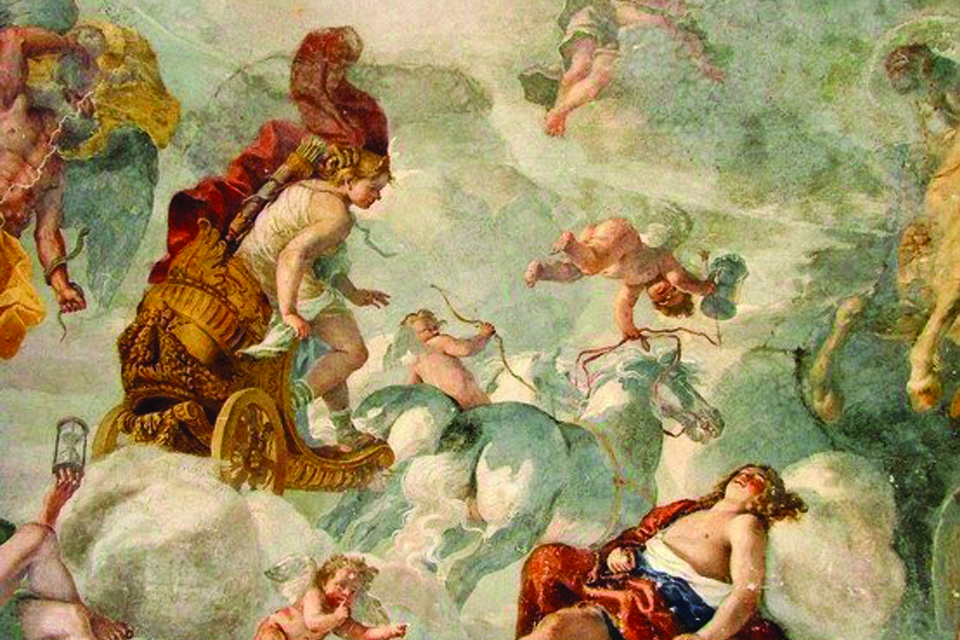The Doria Pamphilj family is one of the dynasties that have made history in the Papal and Italian states. The highest point of power was Pope Innocent X's government in one of the most thriving times.
According to some legends the origin dates back to Gens Panphilia of Roman Numa Pompilio, but much more probably the family originates from Gubbio and begins in the 9th century with a certain Amanzio coming to Italy with Charlemagne.
In 1461 they moved to Rome and were so important as to take the title of Counts of the Holy Roman Empire.
The peak of power was when in 1644 Giovanni Battista Pamphilj was elected Pope Innocent X, one of the most important and controversial figures. His election, for example, was opposed by France and Cardinal Mazzarino arrived late at the conclave when Innocent X was already elected.
He was certainly one of the strongest men of power in his family line, evidenced when he chose Camillo's nephew as a 'cardinal nepote', from which the term 'nepotism' comes.
In a pragmatic fashion, he removed all the other important Roman families: the Barberini were accused of embezzlement and for a few years they went to live in France, while the Farnese were subject to destruction of their Duchy of Ischia di Castro north of Rome.
But Innocenzo X was also a great lover of art and a collector of works that started the outstanding collection that today can be visited at Doria Pamphilj Museum in Rome.
With him the Roman Baroque of Bernini and Borromini prospered with the masterpieces of the palace of Via del Corso, Piazza Navona with the Pamphilj Palace, the church of Sant'Agnese and the fountain of Neptune, Sant'Ivo alla Sapienza (which is was the seat of the University of Rome), the new palace in the Capitol and many others.
His nephew Camillo Doria Pamphilj tried to do a little in Valmontone what his uncle was doing in Rome, nurturing the realization of his dream, not just as a simple palace but an ideal city. He did not succeed in his great dream, but the complex he created with its impressive elegance and the joyful forms of the church are the symbol of the city.
For Valmontone Camillo had cultivated the dream of Panphilia, a kind of model town that would have overtaken all other neighbours and would have become a bishopric. We could say half-way between the Flemish megalomaniac dream with Castro's ducat and the utopian dream of social communities like those of St. Leucio of the Bourbons.
The importance of the Doria Pamphilj family has continued over the centuries and one of the descendants was the first mayor of Rome after the liberation of the city during World War II.









Follow us